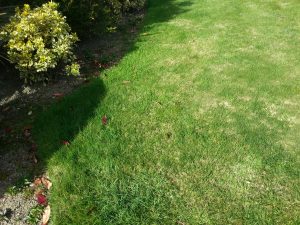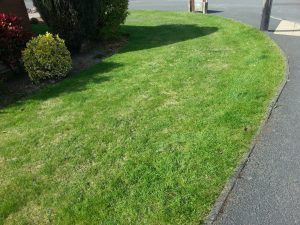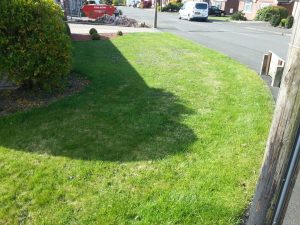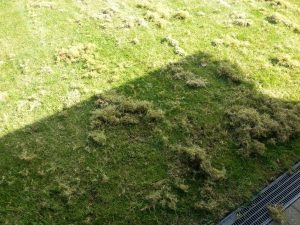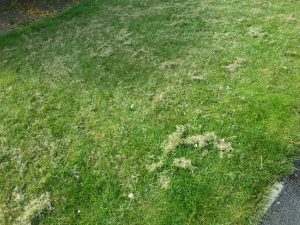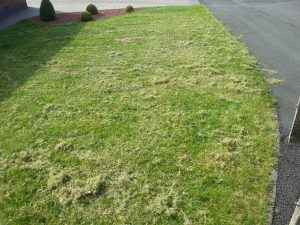How often should I scarify?
Ken’s Question
Ken asked a question today which many people ask about their lawn. The answer will depend on where you are starting from and that basically requires an appraisal of your lawn and also where you want to get to and of course the timescale & budget. In short, there isn’t a “one answer fits all” scenario but lets first consider where scarifying sits in the generality of lawn care.
To Scarify is often a mechanical process nowadays which aims to lift material (typically moss) referred to as thatch (redundant and unwanted material) away from the root of the grass in order to give it some breathing / growing space. In a lot of cases it is (or should be) only part of a wider set of garden lawn treatments and applications made to meet the goal of having a perfect lawn (or a quality lawn for the majority of people).
Scarification works as one tool in a range of others. It’s a great way to clear thatch, but it’s also destructive and will thin out the grass too. Mechanical Scarification is a robust treatment and does not discriminate!
The photo’s below show a 50 year old lawn that has been well cared for, it has a clay soil base, it’s got high drainage and has a slight gradient in parts. It’s in an exposed position, open to the elements and gets a lot of direct sunlight. It is a front lawn and has good kerb-side appeal and of course, has low wear. If you click on any of the photo’s, the lighter patches are old material that has died – white roots and of course moss too.
The main aim is to apply a range of treatments to get the lawn into a good condition – where the soil is healthy, there’s no thatch build up, it has good nutrients, it drains adequately and provides the right growing foundations for grass given it’s position and attributes.
Look at the lawn and consider
- The current health of the lawn
- Any moss issues
- Any thatch
- Drainage
- Elevation
- Soil condition
- Exposure to elements – sun, shade, wind etc.
- Age of the lawn
- Condition
- Colour
- Length
Taking these aspects into account, you’ll then want to decide what your end goal is and what investment you wish to make. Most people just want to get rid of the moss and that’s their goal and so long as they are on top of the moss issue, they’ll keep investing into the process.
The photo’s below show the amount of thatch material and moss that has been removed from Ken’s front lawn. There’s still a great deal more to come out for sure. But this is the first treatment to tackle the issue of moss and old material.
My general recommendation for scarifying….
Scarify, and then post scarify, use a moss / weed / feed treatment a few weeks after. This done in the Spring will get rid of the worst of the moss, but it also thins your grass. After the moss killer has done it’s job, do a good hand rake or light scarify again and give it a mow to tidy it up.
Let the growing season take over the responsibility. Water the lawn thoroughly, let it drain for a day, then use a high quality lawn seed and re-seed the lawn especially where the scarifying has been most effective. Leave the grass to grow and establish before mowing again – the longer you wait the better. Feed the lawn, mow and watch out for any new moss returning – which if you have persistent areas – just give a hand rake.
You can repeat this process, depending on the growing conditions throughout the year. As you remove material, you want to be adding new grass and new nutrients – it’s cyclical.
Additionally, you can consider other things like mechanical aeration, hand aeration, improving drainage with sand and when you have moss under control, give it an occasional mulch to add core nutrients back to the root system.
The key thing with scarifying is that is only one part of the overall process of lawn care – not an emergency first aid response when things have got out of hand.
Happy mowing!

